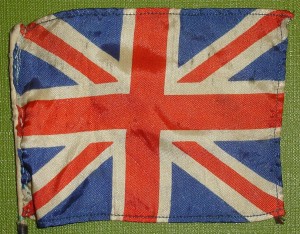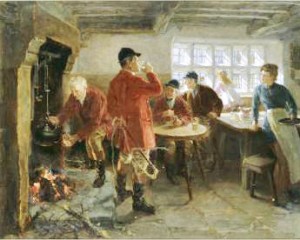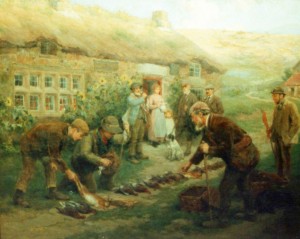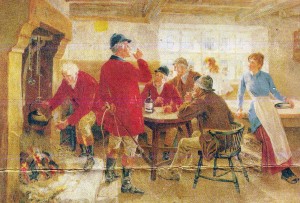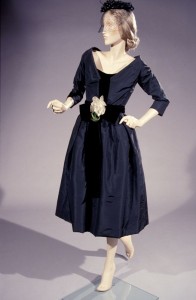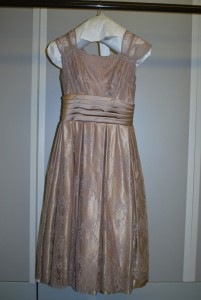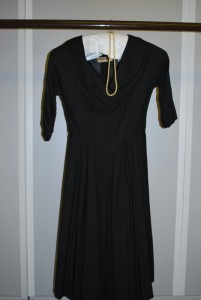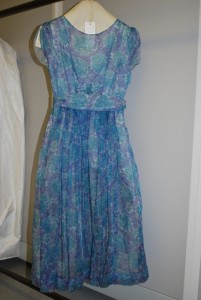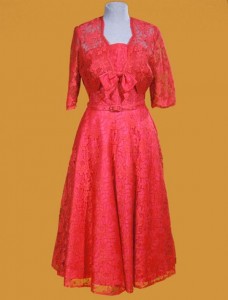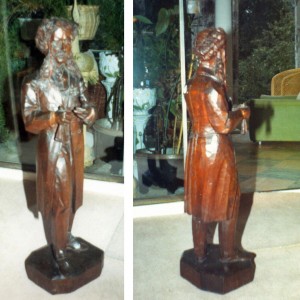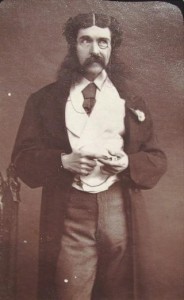Tyne & Wear Archives is jointly funded by the five metropolitan districts councils in Tyne & Wear. We hold a large quantity of local authority records including Council minute books, school records, public health records and coroners records. One of the most popular kinds of documents we keep are historic building control plans, which were accumulated by local authorities from the mid to late Nineteenth Century onwards.
The Councils were given these plans by architects and property developers when they applied for permission to build new properties or alter existing ones. Building control plans often survive well and we hold them for many properties built in Tyne & Wear before 1974. The plans are a fantastic resource for people researching the history of their house or business. The plans usually include sections, elevations and floor plans. The following examples relate to Brentwood Gardens, Jesmond.
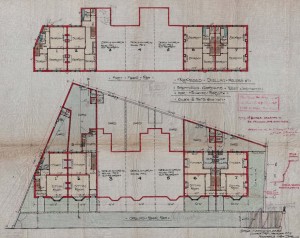
Floor plans of houses at Brentwood Gardens, Jesmond, 1905 (TWAM ref. T186/21558)
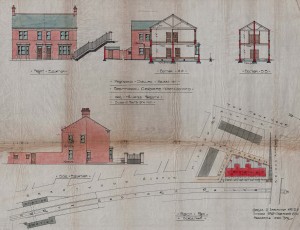
Sections and elevations of houses at Brentwood Gardens, Jesmond, 1905 (TWAM ref. T186/21558)
The plans are often very attractive and many visitors have ordered copies so that they can hang them on their walls at home. The Archives scans and prints the plans on our premises and we can also arrange to have them framed by our conservators. We recently got a very nice thank you after we supplied copies to a customer in Gosforth http://instagram.com/p/YXvtMpzLa6/#
The plans don’t just relate to houses but cover other types of buildings such as offices, shops, pubs, hotels, theatres, hospitals and schools. We hold thousands of building control plans for Sunderland, including these plans of the Dun Cow public house in High Street West, which is a Grade II listed building.
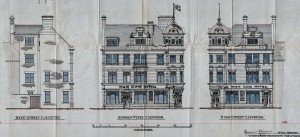
Elevations of the Dun Cow Hotel, 1900 (TWAM ref. 269/3163)
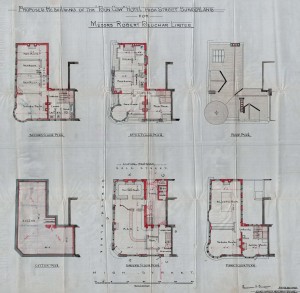
Floor plans of the Dun Cow Hotel, 1900 (TWAM ref. 269/3163)
You can get a general idea of the areas and dates that the building control plans cover by taking a look at the user guide on our website. The best way to find out whether we have plans of a particular property, though, is by visiting our searchroom and looking through the indexes and registers that we hold.
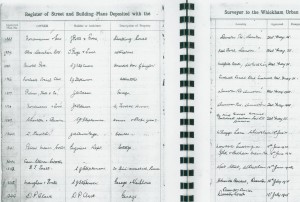
Pages from Whickham Urban District Council building control register, 1925 (TWAM ref. T292/1/2)
The building control registers are arranged in date order but are usually indexed at the front by street. This makes them fairly quick and easy to search, even if you’re not exactly sure when your property was built. If you find the right entry the register will give you a plan number. Once we have this plan number we can quickly check to see whether we have the plans that you’re looking for.
Please do pay us a visit. Our location and opening times can be found on our website. Don’t worry if you haven’t visited the Archives before and aren’t sure how to use our searchroom. Members of staff are on hand and will be glad to help you. If you can’t visit us in person but would like us to search for plans of a property for you then this can be done via our paid research service.
If you’d like to learn more about tracing the history of your house, I’m giving a talk at South Shields Museum & Art Gallery on Monday 3 June. No booking is required. For further information see the Museum’s webpages.
